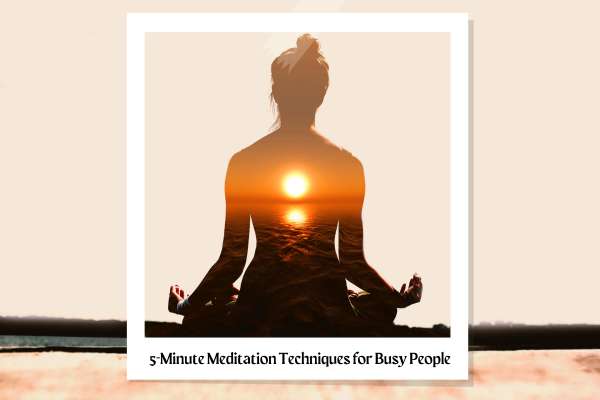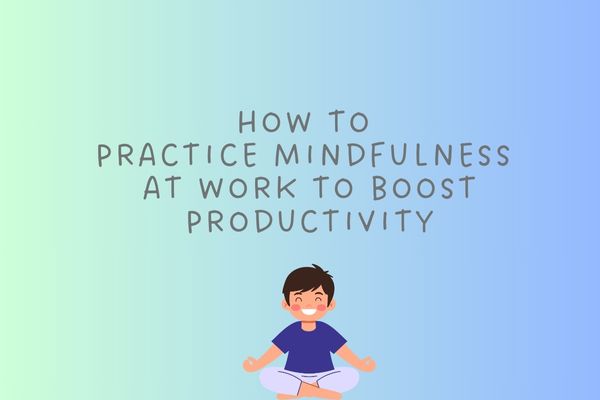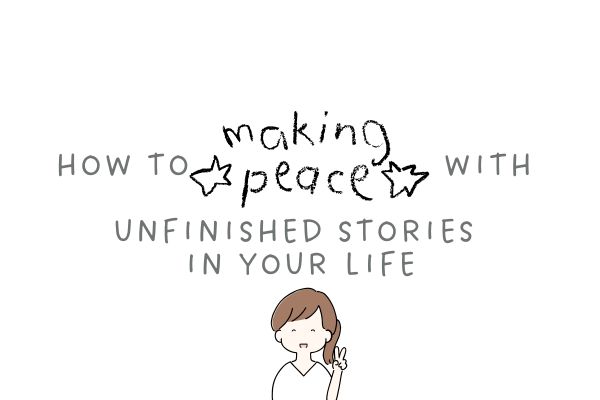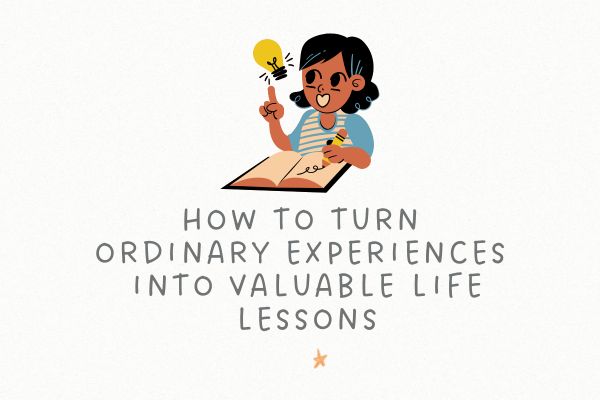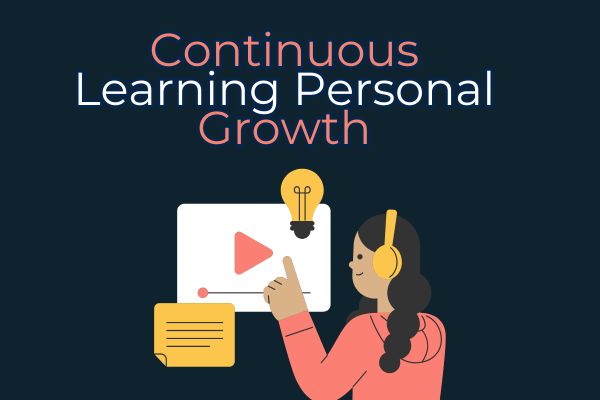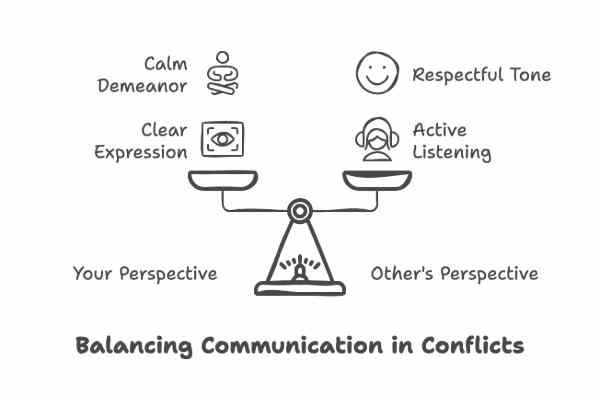In today’s fast-paced world, the idea of finding time to meditate may seem impossible. Between work responsibilities, family obligations, and social commitments, dedicating even 10 minutes to mindfulness can feel like a luxury. However, meditation doesn’t have to be a lengthy process to be effective. Even five minutes a day can significantly impact your mental health, focus, and overall well-being.
This guide introduces simple, practical 5-minute meditation techniques designed specifically for busy people. These methods are easy to incorporate into your daily routine, no matter how hectic your schedule is.
Why Meditate for 5 Minutes?
1. Quick Stress Relief
A few minutes of meditation can reduce stress and calm your mind by lowering cortisol levels, the hormone responsible for stress.
2. Improved Focus
Short meditation sessions help reset your mental state, improving focus and productivity.
3. Accessible for All
Five minutes is achievable for anyone, regardless of experience or time constraints, making meditation more inclusive.
Getting Started: Setting the Scene
Before diving into the techniques, take a moment to prepare:
- Find a Quiet Space: Choose a place where you won’t be disturbed for a few minutes.
- Comfortable Position: Sit or lie down in a way that feels natural and relaxed.
- Set a Timer: Use a timer or app to track five minutes without worrying about time.
- Minimize Distractions: Silence your phone and reduce background noise if possible.
1. Focused Breathing Meditation
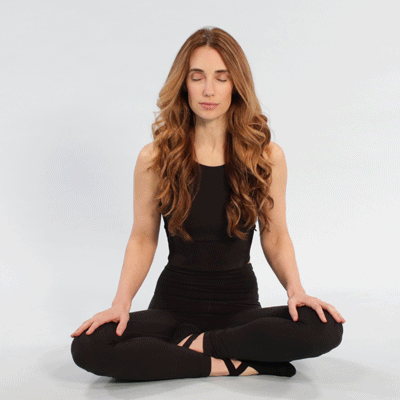
How It Works
Breathing is the foundation of meditation. By focusing on your breath, you anchor your mind and reduce mental chatter.
Steps
- Sit comfortably with your back straight and close your eyes.
- Inhale deeply through your nose for a count of four.
- Hold your breath for a count of two.
- Exhale slowly through your mouth for a count of six.
- Repeat for five minutes, paying attention to the sensation of the air entering and leaving your body.
Benefits
- Quickly calms the nervous system.
- Improves focus and reduces anxiety.
2. Body Scan Meditation

How It Works
Body scan meditation involves focusing on different parts of your body, releasing tension, and promoting relaxation.
Steps
- Close your eyes and take a deep breath.
- Start at the top of your head, noticing any tension or sensations.
- Slowly move your focus downward—neck, shoulders, arms, chest, abdomen, legs, and feet.
- Spend a few seconds on each area, consciously releasing tension as you go.
- End by taking a few deep breaths and opening your eyes.
Benefits
- Relieves physical tension and promotes relaxation.
- Enhances body awareness.
Also check: The Role of Mindfulness in Emotional Healing
3. Visualization Meditation

How It Works
Visualization uses mental imagery to create a sense of calm and focus, helping you escape from daily stress.
Steps
- Close your eyes and imagine a peaceful place, such as a beach, forest, or mountain.
- Picture the sights, sounds, and smells of this location in vivid detail.
- Spend five minutes immersing yourself in this serene environment.
- Take a deep breath, and gently bring yourself back to the present.
Benefits
- Encourages creativity and relaxation.
- Reduces stress by mentally transporting you to a calming environment.
4. Gratitude Meditation

How It Works
Focusing on gratitude helps shift your mindset toward positivity and appreciation.
Steps
- Sit comfortably and close your eyes.
- Think of three things you’re grateful for today. They can be as simple as a warm cup of coffee or a kind word from a friend.
- Spend a minute focusing on each, imagining the feelings of joy and gratitude they bring.
- End by taking a deep breath and carrying that positivity into your day.
Benefits
- Boosts mood and emotional well-being.
- Encourages a positive outlook on life.
Also check: The Science of Self-Improvement
5. Mindful Listening Meditation
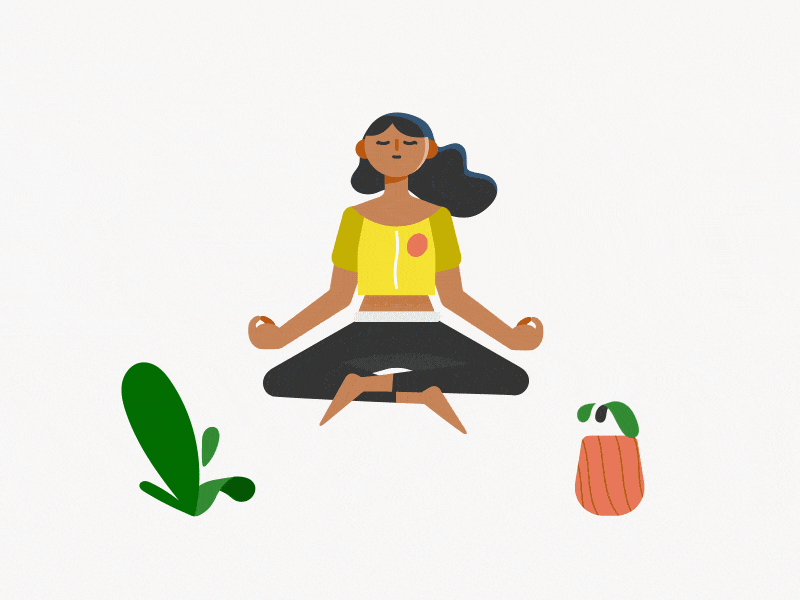
How It Works
Mindful listening involves focusing entirely on sounds, whether it’s music, nature sounds, or ambient noise.
Steps
- Put on soothing music or sit in a quiet place where you can hear natural sounds.
- Close your eyes and focus solely on the sounds around you.
- Notice the different layers of sound—volume, tone, and rhythm.
- If your mind wanders, gently bring your focus back to the sounds.
Benefits
- Enhances focus and mindfulness.
- Helps you connect with your surroundings.
6. Affirmation-Based Meditation
How It Works
Affirmations are positive statements that can help reprogram your subconscious mind and boost confidence.
Steps
- Close your eyes and take a deep breath.
- Repeat a positive affirmation silently or out loud, such as “I am calm and capable” or “I deserve happiness.”
- Sync the affirmation with your breathing for a rhythmic effect.
- Spend five minutes focusing on the affirmation’s meaning and how it makes you feel.
Benefits
- Builds confidence and a positive mindset.
- Reinforces self-belief.
7. One-Minute Intervals
How It Works
Break the five minutes into one-minute intervals, each with a specific focus.
Steps
- Minute 1: Focus on your breathing.
- Minute 2: Do a quick body scan.
- Minute 3: Practice gratitude by thinking of one thing you’re thankful for.
- Minute 4: Visualize your ideal day or a peaceful place.
- Minute 5: End with positive affirmations.
Benefits
- Provides variety to keep your mind engaged.
- Covers multiple aspects of mindfulness in one session.
8. Walking Meditation

How It Works
Walking meditation combines mindfulness with movement, perfect for those who find sitting still challenging.
Steps
- Choose a quiet path or a space where you can walk uninterrupted.
- Walk slowly and deliberately, focusing on each step.
- Notice how your feet feel as they touch the ground.
- Sync your breathing with your steps for added focus.
Benefits
- Combines physical activity with mindfulness.
- Increases awareness of your body and surroundings.
9. Breathing Box Technique
How It Works
Also known as box breathing, this method is commonly used by athletes and military personnel to calm nerves and improve focus.
Steps
- Inhale through your nose for four counts.
- Hold your breath for four counts.
- Exhale through your mouth for four counts.
- Hold your breath for four counts.
- Repeat for five minutes.
Benefits
- Improves focus and reduces anxiety.
- Regulates your nervous system.
10. Loving-Kindness Meditation
How It Works
This technique focuses on cultivating compassion for yourself and others.
Steps
- Sit comfortably and close your eyes.
- Repeat phrases like “May I be happy, may I be healthy, may I live with ease.”
- Gradually extend these wishes to loved ones, acquaintances, and even difficult people in your life.
- End by sending these feelings of kindness to the world.
Benefits
- Promotes empathy and emotional resilience.
- Enhances relationships and emotional well-being.
Incorporating 5-Minute Meditation Into Daily Life
- Morning Routine: Start your day with a gratitude or affirmation-based meditation to set a positive tone.
- Midday Reset: Use focused breathing or body scan techniques during lunch breaks to recharge.
- Evening Wind-Down: Try visualization or loving-kindness meditation before bed to relax.
Overcoming Common Challenges
1. Lack of Time
Solution: Integrate meditation into daily activities, like practicing mindfulness during your commute or while waiting in line.
2. Difficulty Focusing
Solution: Start with guided meditations using apps like Calm or Headspace to keep your mind on track.
3. Inconsistent Practice
Solution: Set reminders or pair meditation with existing habits, such as brushing your teeth or making coffee.
The Science Behind 5-Minute Meditation
Research shows that even brief mindfulness sessions can:
- Reduce Stress: A study published in Psychoneuroendocrinology found that short mindfulness practices reduce cortisol levels.
- Boost Focus: Neuroscience research highlights that meditation strengthens the prefrontal cortex, improving attention and decision-making.
- Improve Emotional Health: Regular meditation increases gray matter in areas linked to empathy and compassion.
Conclusion
Meditation doesn’t require hours of commitment to make a difference. By incorporating these simple 5-minute techniques into your daily routine, you can enjoy the transformative benefits of mindfulness without disrupting your schedule.
Whether you’re focusing on your breath, practicing gratitude, or visualizing a peaceful scene, remember that consistency is key. Over time, these small moments of mindfulness can lead to profound changes in your mental and emotional well-being.
